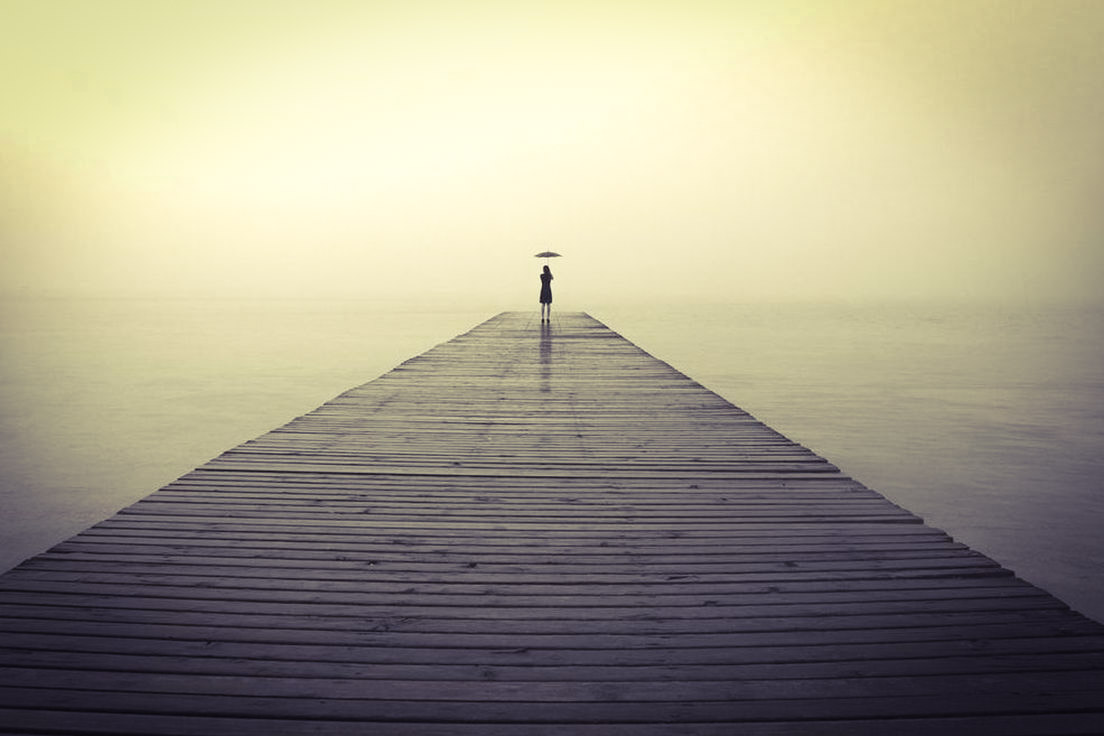People living in Nairobi’s Mathare slum fear that if catastrophic flooding does not bring down their homes, the government will. Jane Kalekye trudges through the narrow muddy alley to her tin-roof house in Mathare, one of Kenya’s largest slums. Ever since the devastating floods that forced her out of her home last month, she and other residents who live by the rubbish-choked Mathare River, which runs through their area of Nairobi, have begun an anxious countdown.
It is only a matter of time before their homes are brought down, they say, either by another bout of flooding, or by the government’s ongoing demolition of houses along riverbanks prone to flooding.
“Nyumba bado iko?” (“The house is still here?” in Swahili), the 37-year-old secondhand clothes seller asks her neighbour, who gives her a solemn nod back: “Iko” (“It’s still here”).
“These days it’s a pattern – it rains almost every night, and when it rains the house floods, maybe not as much as the first time, but enough to leave us without a home,” says Kalekye, who is staying at a temporary shelter in a school with her three children.
Since the wet season began in March, Kenya has seen some of its most catastrophic weather for years. Torrential rains have caused devastating floods, at least 228 people have died, thousands have been displaced and nearly 2,000 schools have been affected. All remaining schools have been shut indefinitely by the government.
Kalekye and her family are among at least 23,000 households displaced over the past two weeks. Kenya’s interior ministry and humanitarian organisations say that calls for rescue have been unprecedented.
From the aeticle:
Poorer communities are disproportionately affected. Mathare Valley, with roughly 70,000 residents, is just one part of the densely populated “informal settlement” in Nairobi, and people are still reeling from the impact of the flooding two weeks later.
The water supply has been contaminated by open sewers, and the medical humanitarian organisation Médecins Sans Frontières has warned that water- and mosquito-borne diseases such as cholera and malaria are “significant concerns”.
Streets along the settlement are lined with people’s belongings, muddy and battered by the continuing rain. Kalekye’s furniture is waterlogged beyond use, and the loosely held iron sheets are peeling off slowly from the shack’s walls. There is barely anything to salvage from the place she has called home for decades.
“I only have the clothes on my back now, and even these were given to me by the clothing shelter,” Kalekye says, fighting back tears as she stands in the alleyway. Most of her belongings, including important personal documents and a bale of old clothes she bought for resale, were swept away by the water…
The government provides relief items to the area, but rights groups have criticised what they say was a slow response to the disaster, despite warnings from the meteorological department, which predicted last year that the region would experience an El Niño weather pattern through February, triggering extreme conditions.
Ruto ordered government agencies to provide humanitarian support on Friday – including relief food, medical supplies and temporary shelters – and told the military and police to support rescue and evacuation efforts.
The meteorological department has predicted that the heavy rains are expected to continue through May in parts of the country, as the crisis brings new scrutiny to Kenya’s infrastructure and slum housing.
Edna Odhiambo, a climate-action lawyer, says: “We can attribute the intensity [of the rains] to the El Niño phenomenon and climate change, but what we need to separate is the cause and its effects – the havoc we are seeing caused by the floods is a planning problem.”…
More in article.

